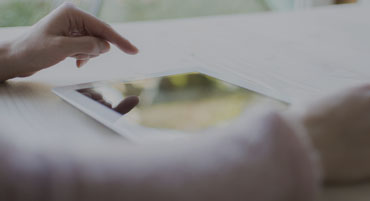How OAB Affects You
In a digital world that provides endless distraction, we tend to focus on those things that directly affect us or those we care about. We are drawn to the local news, the posts of our friends, or just tomorrow’s weather forecast. Judged by this standard, for most of us, Overactive Bladder (OAB) doesn’t always seem to have that personal impact. But whether we realize it or not, almost all of us know someone well who suffers with OAB (or we suffer ourselves). And the impact of these symptoms – financial, social, personal – is immense.

The individual impact of OAB on daily life can be enormous. Much of this effect can be attributed to the embarrassment and distress that urinary leakage can cause. OAB isolates, forcing people to avoid friends, family and many of the activities that they may enjoy. For someone who has to rush to the bathroom every 30 minutes, worshiping at church, seeing a movie with friends, or going to a basketball game is virtually impossible. The authors in this review note studies finding that over 1/3 of people with OAB report their daily activities curtailed by OAB symptoms and 12% even report staying at home because of their OAB. It is not surprising that many people with OAB gain weight when they are not able to exercise regularly due to their symptoms.
Even if you don’t personally have overactive bladder or know someone who does (though you almost certainly do), as a society we pay a heavy price for OAB. Overactive bladder costs each of us the equivalent of $426 per year in lost productivity and more than three times that in pads, medications and other treatments. The review by Dr. Reynolds and collegues cites a study estimating that by 2020 OAB may cost us over $82 billion. That is more then the US government spends on education each year.
For those who personally experience OAB, there is little question of its enormous impact on everyday life. But for the rest of us, there is no denying that overactive bladder should demand our attention.
Colin M. Goudelocke, M.D.

